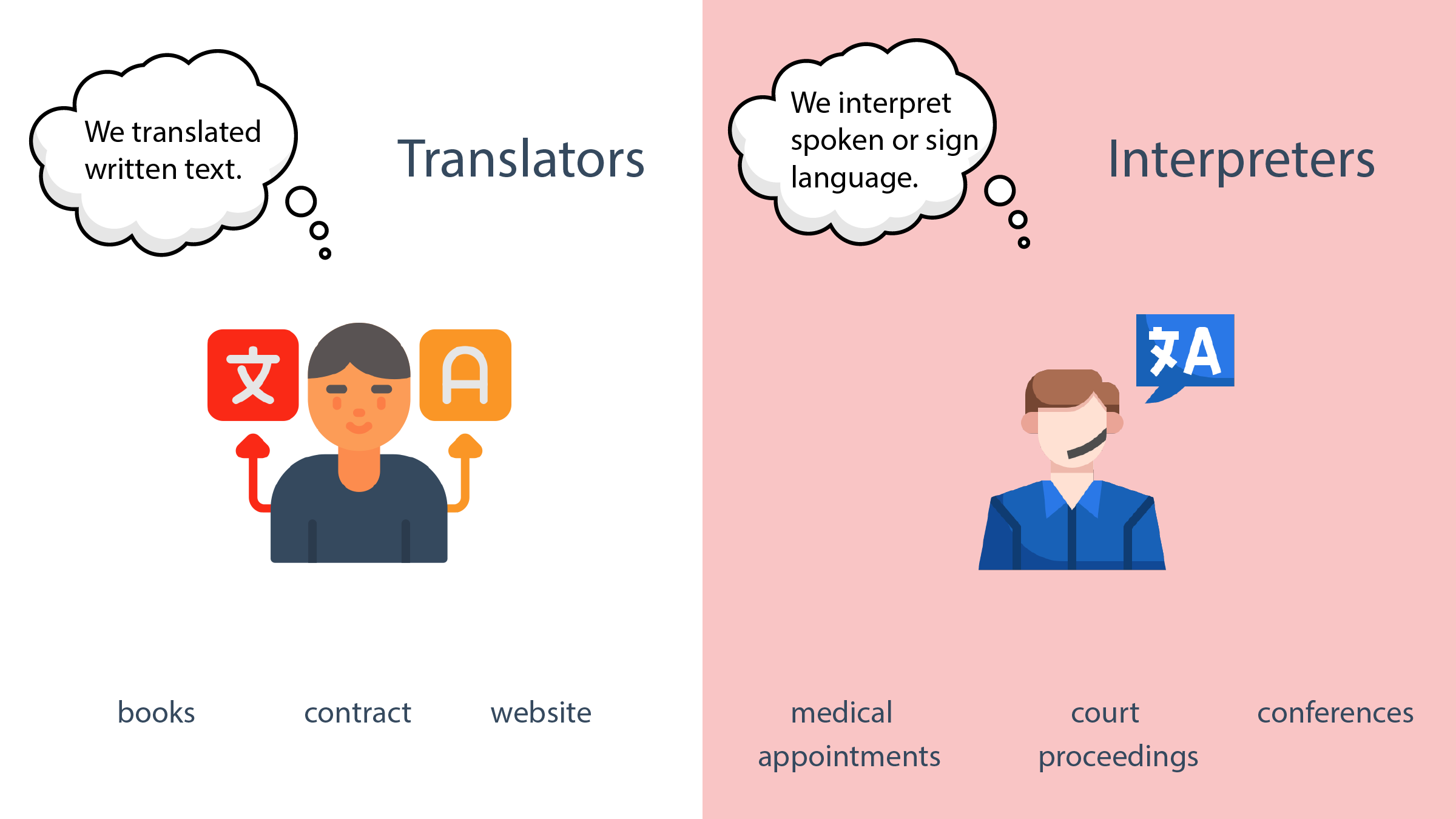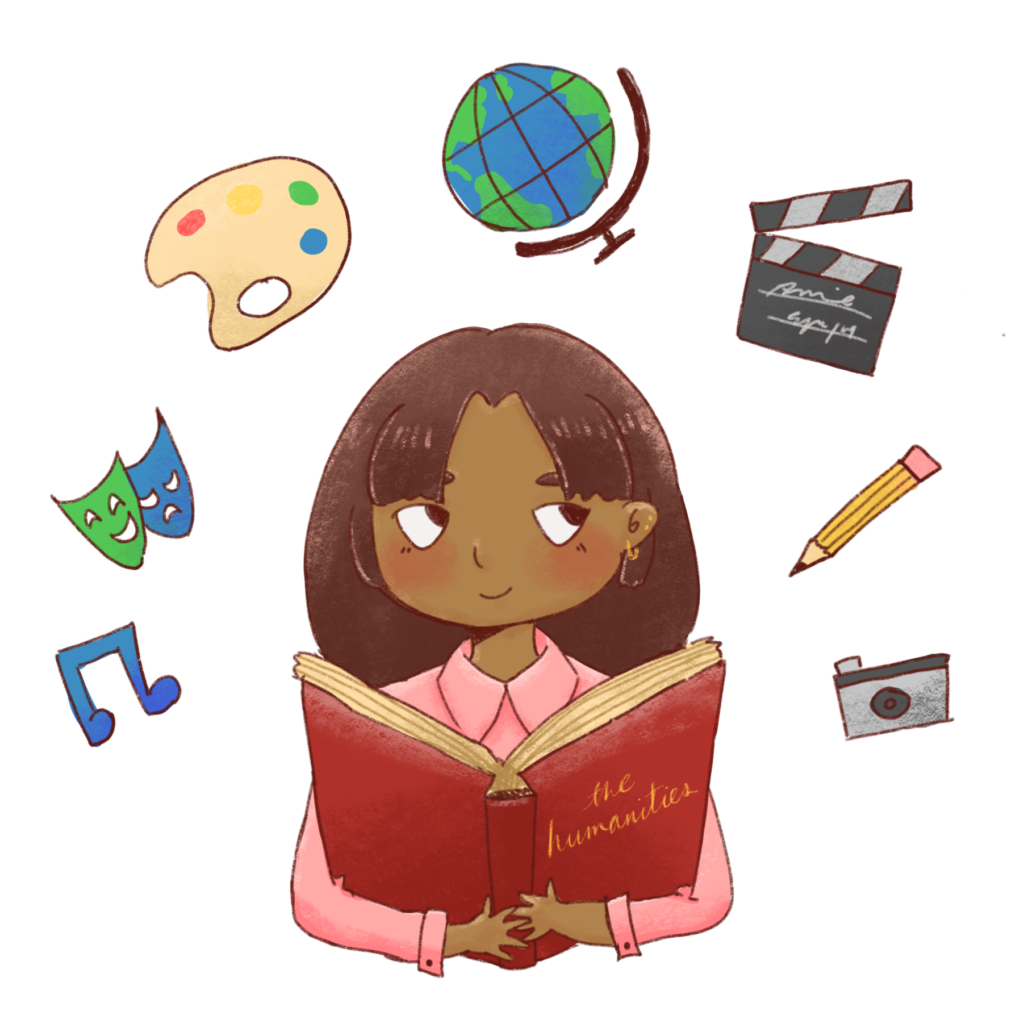Learning how to read like a translator can transform your approach to literature, allowing you to engage deeply with texts on multiple levels. According to renowned translator Damion Searls, this process is akin to unraveling the intricate weaving of sentence structures and authorial intentions, a practice that combines reading translation theory and the philosophy of translation. By honing translator skills, you not only appreciate the nuances of language but also become adept at recognizing how translations shape the reading experience. This exploration reveals that understanding translation involves a careful analysis of language, making it essential for anyone interested in translation and language. Whether you are a novice or an experienced reader, incorporating Searls’ insights can deepen your comprehension and appreciation of diverse narratives, enriching your literary journey.
Mastering the art of reading with the mind of a translator encompasses more than just trivial language skills; it invites a rigorous examination of textual meaning and implications. Translators like Damion Searls illustrate how this reading paradigm merges literary analysis with linguistic precision, enabling readers to decode layers of meaning within a text. Engaging with reading through this lens, often described as the translator’s approach, enhances one’s ability to appreciate the subtleties of different languages and cultures. The process also reinforces the connection between reading comprehension and the craft of translation, revealing how interpretation goes hand in hand with language mastery. Ultimately, this thoughtful practice not only enriches personal reading experiences but also fosters an appreciation for the complexities of translation in literature.
Understanding the Translation Process
The translation process is a complex interplay of reading and writing that requires deep engagement with both the source and target texts. According to Damion Searls, translation transcends mere word substitution; it is about delivering an experience. Translators must be adept readers who unravel the layers of meaning within the original text, identifying intentional stylistic choices that are essential to the author’s voice. This understanding is crucial when navigating how to read like a translator, as it demands an awareness of language structures and cultural nuances that can profoundly impact the translation’s fidelity.
In his discussions, Searls emphasizes the importance of ‘close reading’ in translation. This critical skill allows translators to discern subtleties that might be lost if they solely focus on surface meanings. For instance, recognizing how certain phrases or structures in one language convey specific sentiments can inform choices in another. This depth of understanding creates a bridge between cultures, ensuring that the translation resonates with the target audience while remaining true to the source material.
The Role of Philosophy in Translation
Philosophy serves as a foundational aspect of translation theory, providing insight into the nature of meaning and understanding. As Searls articulates through the lens of Maurice Merleau-Ponty’s ideas on perception, the act of translating involves acknowledging the inherent relationships between words and the concepts they represent. This philosophy extends to the translator’s responsibilities, as they must balance the original intent and emotional resonance of the text with the communicative needs of the target audience.
Searls’ exploration into the philosophy of translation sheds light on how translators must often act as intermediaries between disparate cultures and languages. Understanding translation as a philosophical act encourages translators to engage deeply with the text, fostering empathy and a nuanced grasp of the author’s vision. This approach not only enhances the translation quality but also respects the richness found in varied linguistic traditions, allowing translators to convey meaning that transcends the limitations of their language.
Skills Essential for Effective Translation
Translators must cultivate a unique set of skills to navigate the intricacies of language effectively. Beyond a strong grasp of the source and target languages, they must exhibit keen analytical abilities and a comprehensive understanding of cultural contexts. Damion Searls illustrates that the process of translating goes hand-in-hand with the cognitive skills of interpretation and creativity. Translators are often tasked not only with word-for-word translation but with capturing the essence and emotionality of the original text.
Moreover, collaborative skills come into play as translators might work with authors to define key terms or clarify intentions behind specific phrases. This interaction enriches the translation process and helps safeguard against misinterpretations. Effective translation, therefore, hinges on the translator’s ability to balance linguistic precision with artistic expression, underscoring the multifaceted skill set essential for success in this field.
Reading Strategies for Translators
For aspiring translators, mastering reading strategies is paramount to developing their craft. Searls proposes a structured approach to reading that emphasizes awareness of linguistic features and stylistic choices. By adopting the habit of reading critically and analytically, aspiring translators can effectively dissect the text, paying attention to how sentence structure informs meaning and tone. This practice allows them to cultivate the ability to see beyond the text’s surface, engaging with its deeper implications.
Additionally, reading gradually without the constant need to revert to the original text encourages translators to inhabit the language of the target readers. This method fosters a natural flow in the translation, as translators become more attuned to the nuances of expression in their target language. As they practice reading like a translator, they will develop a sharper instinct for what resonates, ultimately enhancing the quality of their translations.
Making Cultural Connections Through Translation
One of the significant aspects of translation is the cultural connection it fosters between disparate communities. Searls emphasizes that translation is not just a linguistic exercise; it serves as a bridge that connects cultures, allowing readers to understand diverse perspectives. By translating literature, translators help to disseminate cultural knowledge and ideas, making the rich heritage of one culture accessible to another. This intertwining of translation and culture highlights the translator’s role as an important cultural mediary.
Additionally, translators must be mindful of cultural references that may not have direct equivalents in the target language. Searls’ work exemplifies how translators need to adapt such references creatively to maintain meaning and relevance. For instance, choosing a title like ‘The Northern Herald’ instead of a literal translation ensures that the cultural significance and intended imagery resonate with English-speaking audiences. This thoughtful consideration promotes inclusivity and enhances the relatability of the text, emphasizing the importance of cultural fluency in the translation process.
The Intuitive Nature of Translation
Translating is often described as an intuitive process, where instinct and experience guide a translator’s choices. Searls insists that relying on one’s intuition allows translators to craft translations that sound authentic in their target language. This intuition comes from a deep understanding of both the source language and the cultural context, enabling translators to make informed decisions that might not always seem logical at first glance. The art of translation, therefore, blends structured techniques with the fluidity of creative expression.
Intuition is particularly valuable during the revision process, where translators refine their drafts by focusing on the sound and feel of the text in the target language. As Searls suggests, it’s essential to avoid over-referencing the original text after the initial draft, as this can hinder a translator’s ability to produce natural-sounding language. Embracing this intuitive approach allows translators to connect more deeply with the text and fosters a translation that feels organic and engaging, ultimately enhancing the reader’s experience.
Learning from Translation Workshops
Participation in translation workshops can significantly enhance a translator’s skills and understanding of the craft. Damion Searls’ workshops provide a platform for hands-on engagement, where participants can delve into the nuances of translation practice while receiving constructive feedback. This collaborative environment encourages exploration and experimentation, providing aspiring translators with the tools they need to refine their technique and develop their unique voice.
Collaboration within a workshop context also allows translators to share insights and approaches, fostering a sense of community among peers. Learning from one another’s experiences can illuminate different facets of translation theory and practice, enabling participants to broaden their perspectives and gain valuable insight. As they learn and grow together, these workshops serve as a crucible for building the necessary confidence to tackle complex translation projects.
Building Confidence in Translation Skills
Gaining confidence in translation abilities is crucial for those who wish to embark on a professional translation career. Searls asserts that while proficiency in the source language is beneficial, it is not the sole determinant of a successful translation. Different levels of expertise can exist across languages, and a translator’s individual strengths can greatly inform their approach. Emphasizing a mindset of continuous improvement rather than a rigid standard of expertise can empower upcoming translators to strive for excellence without self-imposed barriers.
Furthermore, the idea of being a gatekeeper in translation is a misconception that Searls challenges. He believes that a diverse range of experiences contributes to a richer translation practice. Translators may possess unique insights or perspectives based on their backgrounds that can ultimately enhance their work. By fostering confidence through practice and embracing personal strengths, translators can navigate the complexities of the field, contributing to the ongoing dialogue about the evolving nature of translation.
The Intersection of Translation and Technology
In recent years, the intersection of translation and technology has brought forth new tools that can complement the traditional translation process. While these technological advancements can ease certain aspects of translation, Searls cautions against relying purely on automation. He emphasizes that the human element remains vital, as translation requires a depth of understanding that machines cannot replicate. Translators must remain engaged with the text, utilizing technology as an assistive tool rather than a replacement for their skills.
Moreover, technology can facilitate access to resources that support translators in their work, such as databases of previous translations and language-specific idioms. These tools can enhance the translator’s efficiency while allowing for more nuanced translations that respect both the source material and the target audience. The challenge lies in maintaining the delicate balance between leveraging technology and preserving the artistry intrinsic to the human translation process.
Frequently Asked Questions
What does it mean to read like a translator?
To read like a translator means engaging deeply with a text to understand its nuances, structures, and the author’s intent. This approach, emphasized in Damion Searls’ discussions on translation theory, requires a careful analysis of language elements and a keen awareness of how to convey the original meaning in another language.
How can reading translation theory improve my translation skills?
Reading translation theory helps aspiring translators understand the philosophical and practical aspects of their craft. It provides insights into the intricacies of language, cultural context, and the translator’s role, thereby enhancing their ability to interpret texts accurately, as highlighted by Damion Searls in his workshops.
What are the key skills a translator should develop for effective reading and translation?
Key skills for translators include close reading, cultural sensitivity, linguistic awareness, and the ability to convey nuanced meanings from one language to another. Damion Searls emphasizes that effective translation requires not just linguistic knowledge but also an understanding of an author’s stylistic choices and intentions.
How does Damion Searls define the translation process?
Damion Searls defines the translation process as a blend of reading and writing, where a translator engages with the text on a profound level to create an interpretation that resonates with the target language audience. His philosophy emphasizes that literal translations do not capture the essence of the text, rather it’s about recreating the reading experience.
What role does philosophy of translation play in reading like a translator?
The philosophy of translation plays a critical role as it underpins how translators perceive language and context. Searls uses philosophical insights to explain the connections between text, intent, and interpretation, emphasizing that understanding these concepts is essential for effective translation.
In what ways do translator skills differ from regular reading skills?
Translator skills differ from regular reading skills in that they require a heightened level of analytical thinking, empathy towards the author’s voice, and a strategic approach to rephrasing content while maintaining meaning. Translators, as highlighted by Searls, must unravel linguistic complexity that typical readers might overlook.
What are Damion Searls’ insights on the relationship between reading and translation?
Damion Searls emphasizes that reading is integral to translation, suggesting that to translate effectively, one must first understand how to read critically. By unpacking the layers of meaning in a text, translators can deliver versions that preserve the spirit of the original work, as Searls illustrates in his philosophy of translation.
Why is it important for translators to avoid perfect translations?
Searls argues that the notion of perfect translations is misleading because translation is inherently interpretative. Each translation reflects a unique reading experience, capturing different shades of meaning, rather than a perfect replica of the source text. This perspective encourages translators to embrace their subjective understanding of texts.
| Key Points | Explanation |
|---|---|
| Translation as Interpretation | Translators interpret texts based on how they read them, rather than merely converting words. |
| Reading Experience | The act of translating is akin to an immersive reading experience; akin to visualizing a character in literature, it is subjective. |
| Language Nuance | Translators must engage deeply with the source language’s structure and style, retaining the author’s intent and voice. |
| Translation Process | Searls advocates for a careful initial draft that is revised multiple times without relying too much on the source. |
| Cultural Context | Maintaining cultural references and contextual meaning is crucial for a smooth translation that resonates with target readers. |
| Expertise and Skill | Proficiency in the source language is important, but so is a nuanced understanding of the cultures involved in the translation. |
Summary
How to read like a translator involves engaging deeply with the text and understanding its nuances, much like Damion Searls described in his lecture. Translation is not merely about converting words from one language to another; it is an intricate process of interpreting meaning, structure, and cultural context. To truly grasp the essence of a text, translators must immerse themselves in the language and the author’s intent, allowing for a version that resonates with English readers. This comprehensive approach enhances the reading experience, equipping readers with insights into both the source and target languages.



